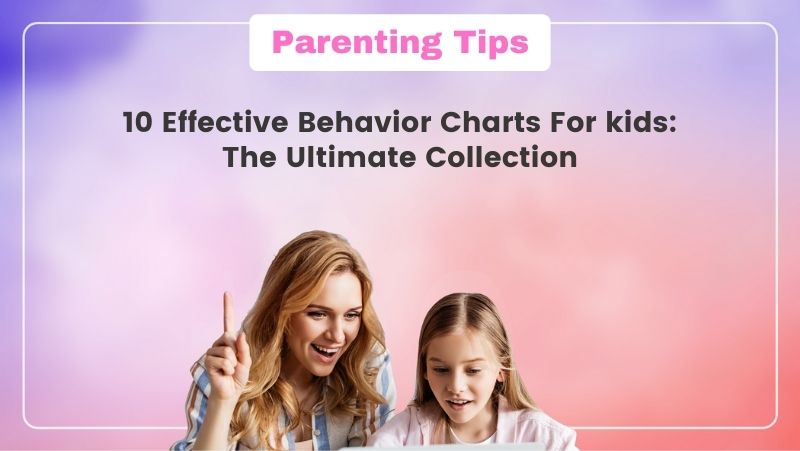When parents decide to use a behavior chart for their children, they do so with the best of intentions. Obviously, the idea is to reduce improper, irritating, or even confrontational conduct. Even though behavior charts start off strong, they frequently end up putting everyone back where they started.
Positive behavior charts may be an effective technique for getting youngsters to strive towards a goal. Parents may assist their children to improve their attitudes in a fun and positive way by using a behavior chart on a regular basis.
Points to be noted while making behavioral charts
- Make certain that your objectives are feasible:
- Keep it simple
- Maintain consistency
- Maintain an age-appropriate tone.
Behavior charts you can buy/make
- Magnetic and dry-erase star chart
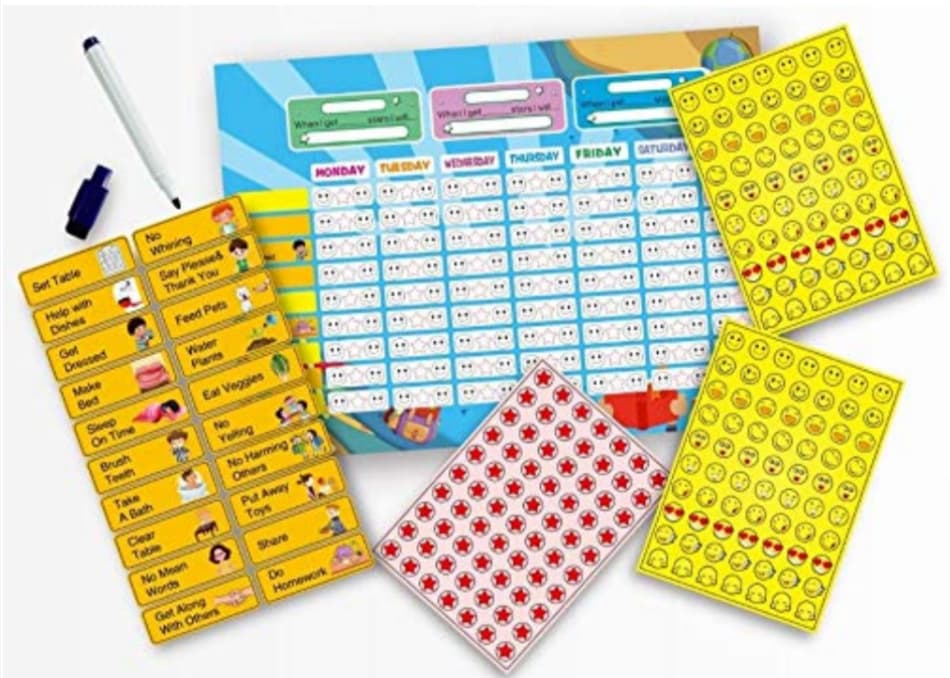
This is a good alternative for parents who wish to use a behavior chart for more than one kid — maybe to reduce sibling conflict — and who want the flexibility to fill up both desirable behaviors and incentives.
- Magnetic Responsibility Chart
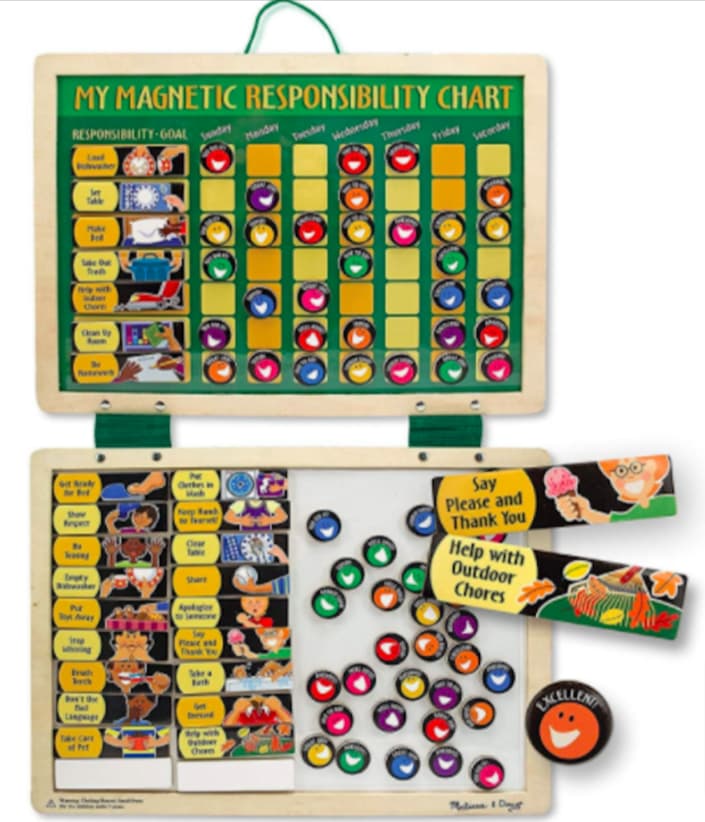
The Melissa & Doug chart, which is sold as a responsibility chart, also contains behavioral characteristics such as “keeping hands to myself” and “no harsh language.” Parents and caregivers can modify the chart each week and add responsibilities for children older than toddlers.
- A Reward Coin
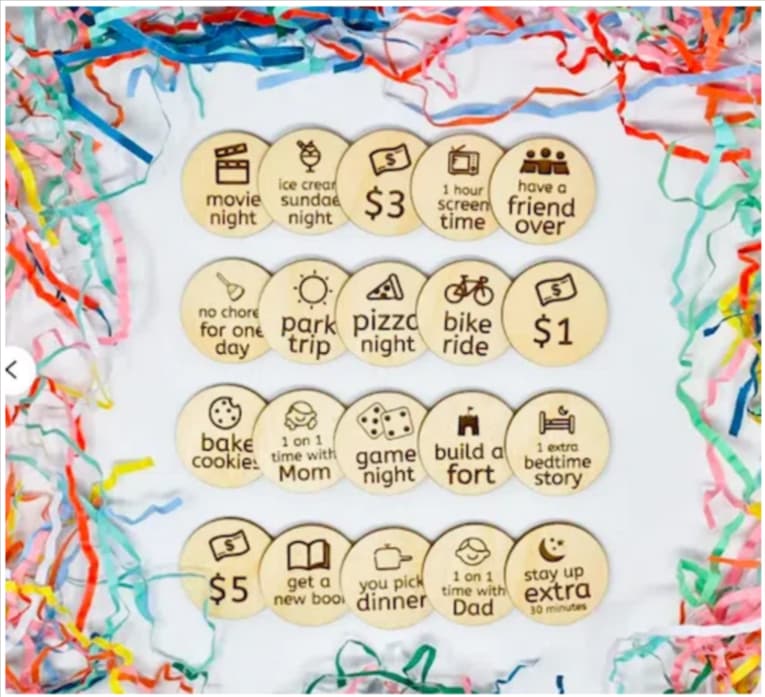
Although it is not a true behavior chart for children, it is an excellent supplement to one. This 20-coin package includes amusing reward ideas for youngsters like “movie night” and “receive a new book.”
- Personalized behavior chart
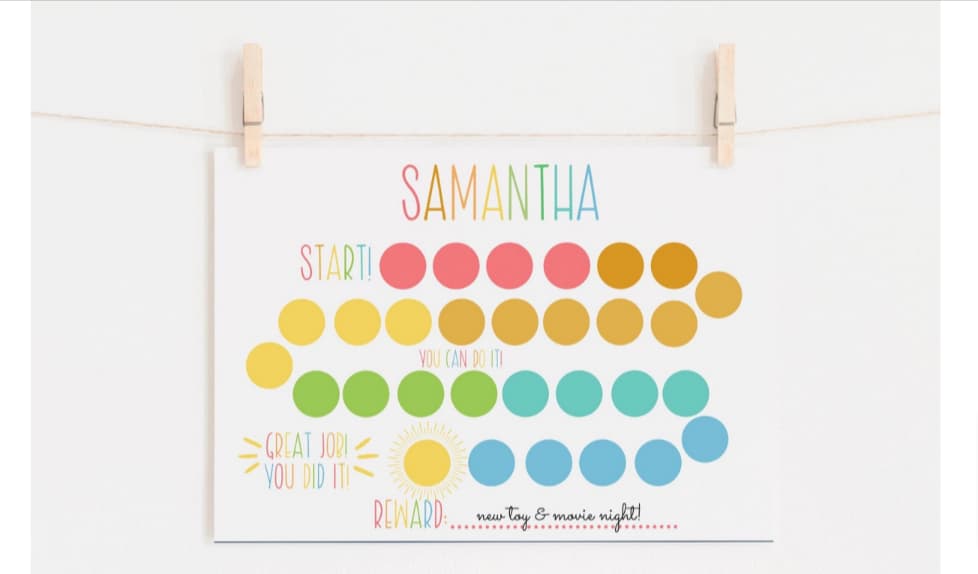
Another free chart that motivates children by transforming excellent conduct into a fun game with a prize (of the parents’ choosing!) at the end. It may also be customized with your child’s name!
- Rainbow clip chart
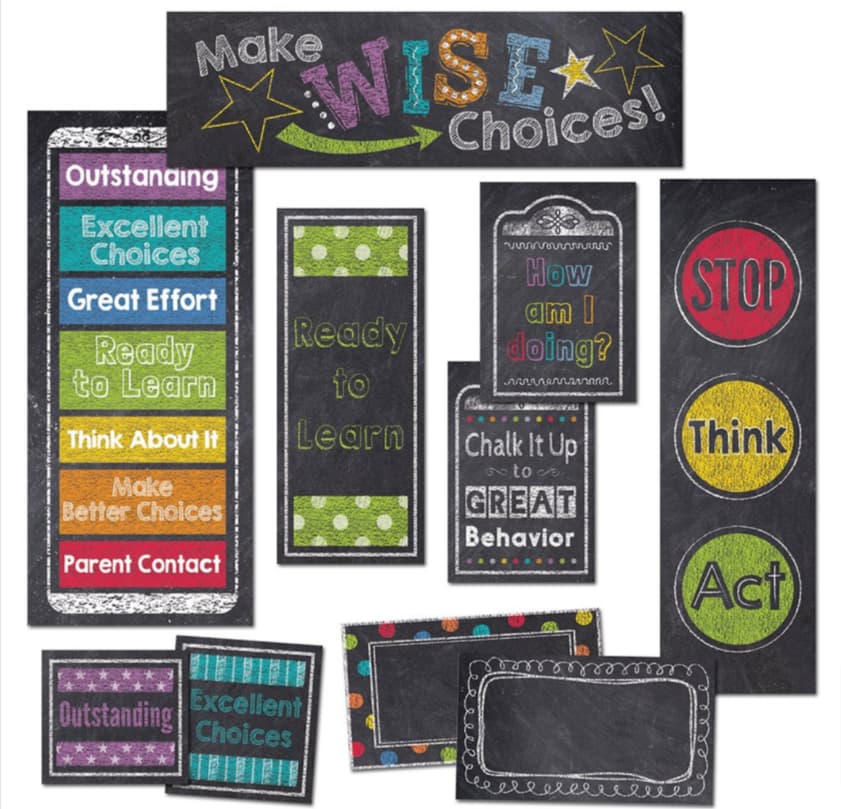
Clip charts, such as this free behavior chart, are commonly used in schools, with most students beginning with “ready for the day.” The clips go up and down the chart based on their behaviors, and, predictably, they can also work from home.
- Tween and teen behaviour chart
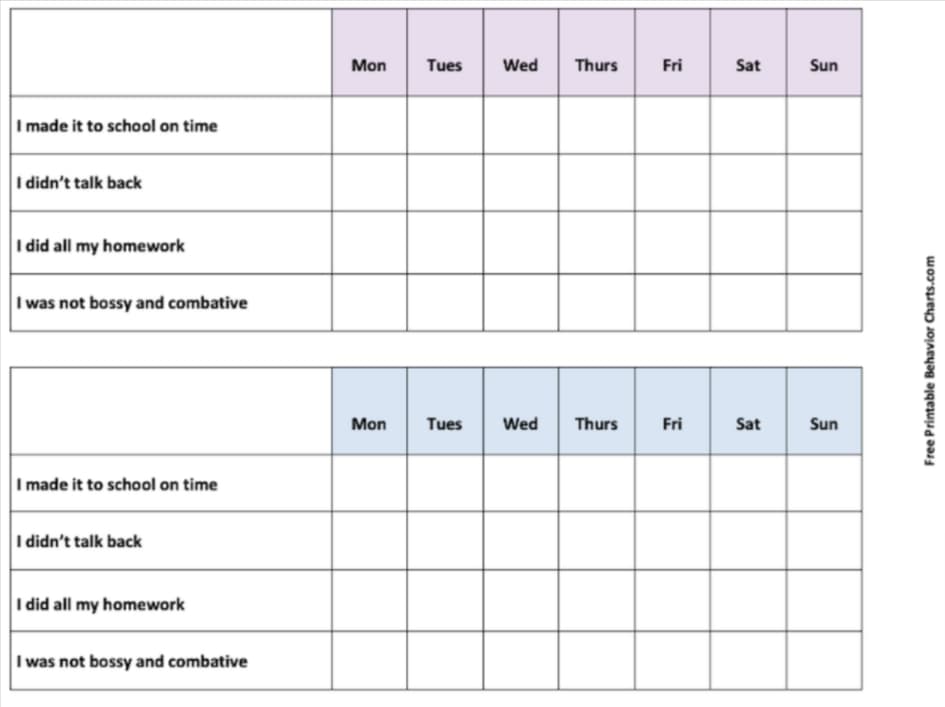
This behavior chart for tweens and adolescents is another wonderful one from Free Printable Behaviour Charts. If you’re going to use a behavior chart with older children, make sure the rewards are age-appropriate.
- Good Choices mini chart
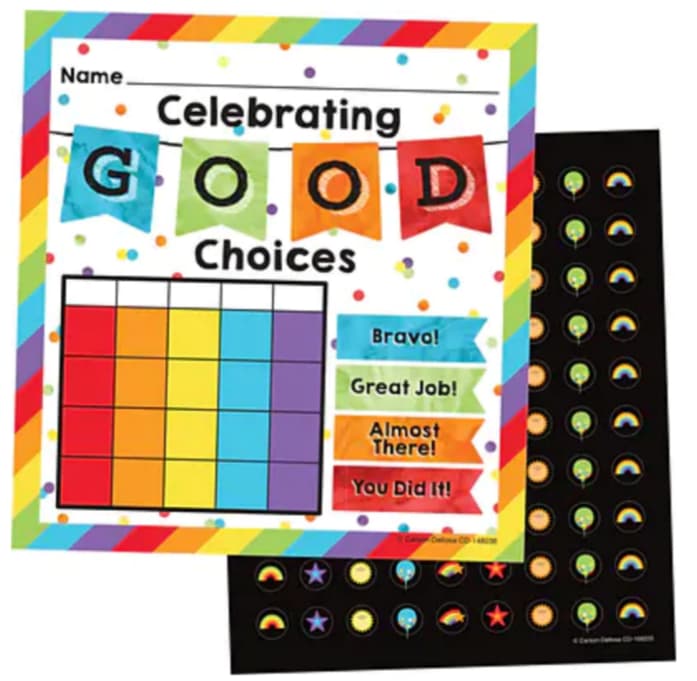
A cute little chart for cute little people This kids’ behavior chart encourages youngsters to make good decisions by using colorful stickers as rewards.
- Treasure hunt behavior chart
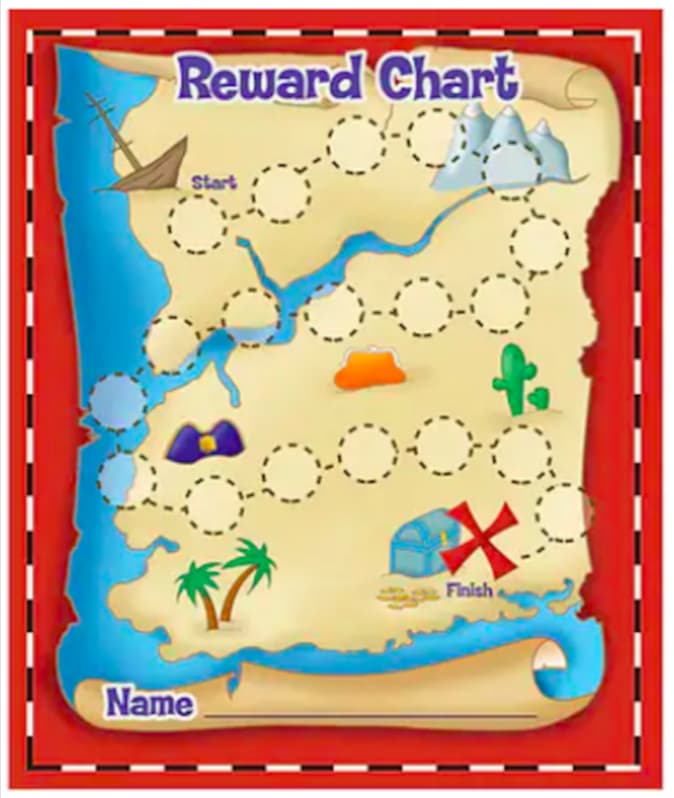
Do you have a pirate-obsessed child? This treasure hunt-themed reward chart features wonderful pictures to encourage kids to reach the prize (a.k.a. the treasure). It’s also open-ended, allowing parents to choose which behaviors to address.
- Wooden behavior chart
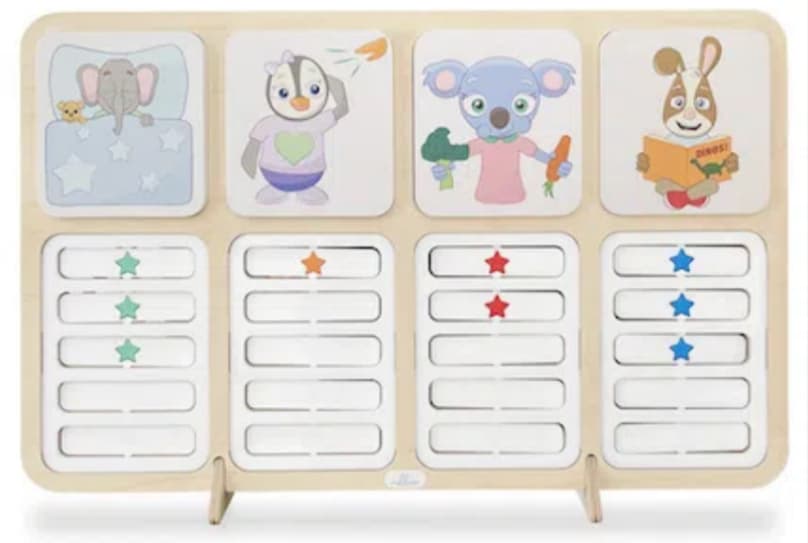
This behavior chart for kids is not only gorgeous, but it is also very straightforward for younger children to comprehend since it clearly lays out eight fundamental characteristics. Clever!
- Fishbowl chart
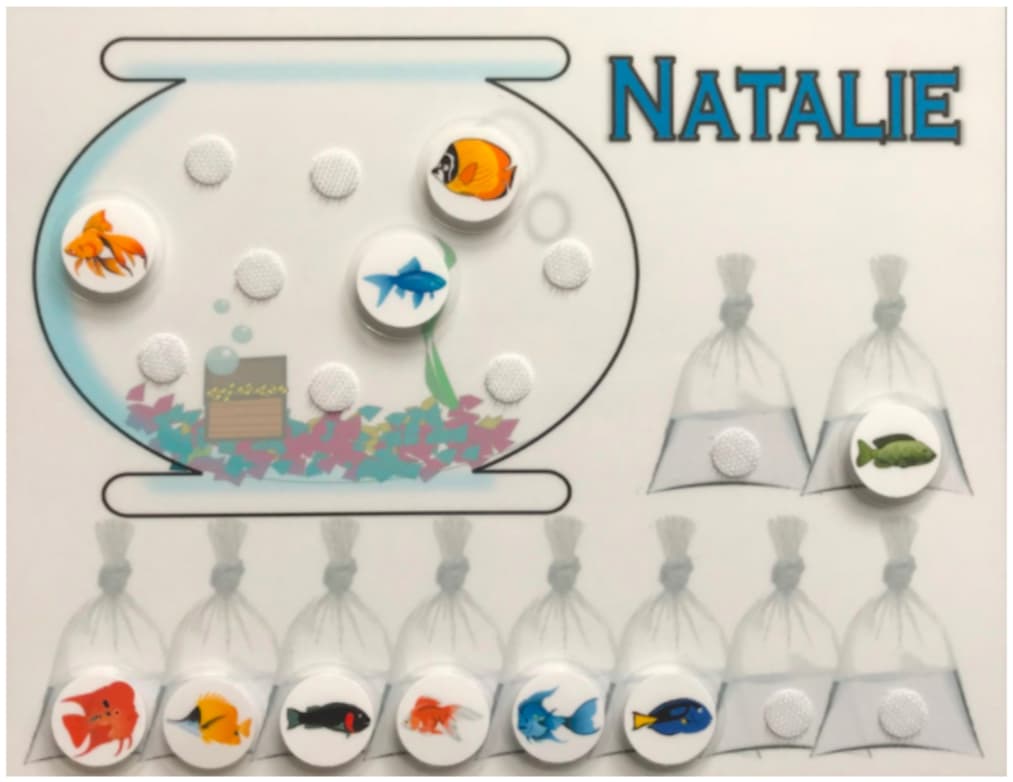
How cute is this chart? Every time a youngster demonstrates good conduct, they get to “shop” for a fish and place it in their bowl.
Conclusion
A behavior chart is a form of reward system that you can use to keep track of your child’s positive actions and decisions. It is one technique to foster patterns that you want the child to keep up with while also rewarding good behavior that the child demonstrates. The above-mentioned are the 10 best effective charts for kids. Check out the most recent entertaining blogs on the BrightCHAMPS blog page to find out more about effective and positive habits for kids.
To get your hands on more educational and free resources on coding for kids, robotics for kids, financial education for kids, etc., do check out the BrightCHAMPS Page now!
Frequently Asked Questions (FAQs)
Remind your child about the behavior chart if improper or unpleasant actions emerge during the day. Sometimes all I have to do is ask my child if they want a star for a specific job. That’s enough to reorient them and remind them that if they don’t accomplish their objective, they won’t earn the star.
When your youngster loses interest, modify the good conduct chart to fit them. If you see lagging, change the skills, point system, and incentives to promote improved behavior.
For the sake of this piece, I will refer to “good” or “positive” behaviors. This is not to argue that children are “bad” if they do not reach the goals of the behavior chart. Children should never be classified as such, and this is not a “good conduct or else” requirement.
The term “bad” should not be used with youngsters; only positive support toward a common goal should be utilized. Children should not be penalized for falling short of their goals; instead, they should be praised when they achieve them.
While behavior charts may be quite useful for children, they are intended to be short-term aids to assist children in establishing excellent conduct. If you are concerned about your child’s conduct, you should consult with their physician.

